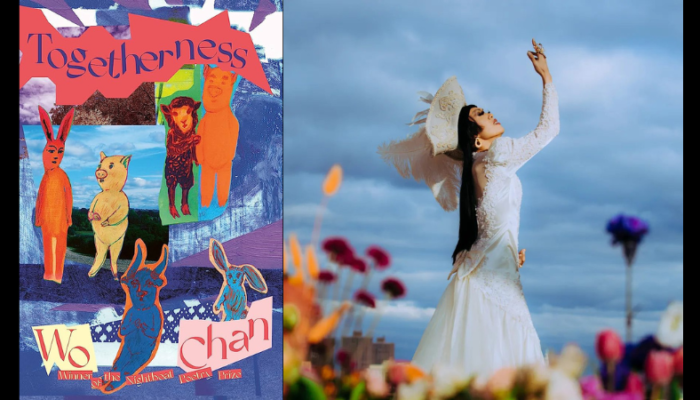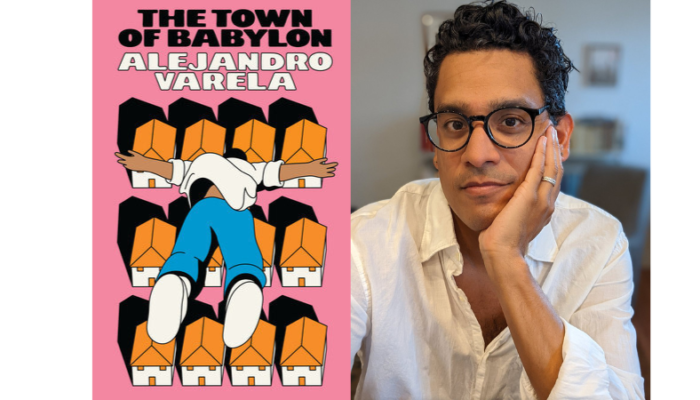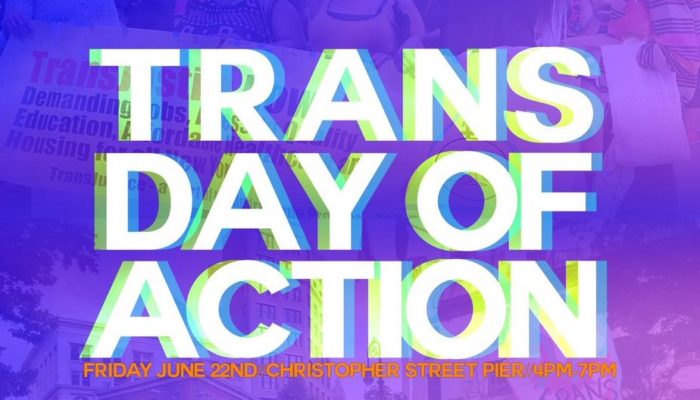by Stacy Parker Le Melle
In 2009, pop star Chris Brown assaulted his pop star girlfriend Rihanna. The beating happened in Los Angeles, on the way home from the Clive Davis Grammy’s-eve party, the night before they were both slated to perform. They did not perform. They did not show up. Instead, the world soon knew a young couple as not just pop stars, but role players in scenes of domestic violence.
Let’s talk about control. At church they say God is in control. But God gave us a sea of possibility between impulse and outcomes. Play back those tapes in your head, the tapes of your bad moments. There were slow motion seconds when you could have pulled back the fist, not hit send on that text.
Rihanna sees a text on the phone of her then-boyfriend Chris. The text is from another woman. They say it’s his old manager. They say she guided his career from the beginning. They say there’s a twenty-year age difference and that she seduced him when he was sixteen. They leave out the word rape. They leave out the realities of power, the ease of abuse. This is what I read in the gossip press. We don’t have the recording of Rihanna’s reaction to the nighttime text. We don’t know how she articulated her rage at the fact this powerful woman in her boyfriend’s life made her presence plain. We don’t even know that this is the true story.
But we know a young man beat a young woman savagely. And before he hurt her, he had the chance to decide: does he beat the fuck out of his love interest Rihanna, or does he keep his hands on the steering wheel and drive, drive until he can do something, anything to de-escalate, to swerve that car off the detour road headed straight for a wall?
They say he pushed her head against the glass.
They say her mouth filled up with blood.
They say he bit her ear.
They say he said he’d kill her.
They say he tried to push her out of the car, but she had on her seat belt.
They say he kept driving and hitting her, driving and hitting her.
They say he had her in a headlock, and for moments, she lost consciousness.
This is a nineteen year old aggressor. A nineteen year old with that much rage. That much ability to keep beating his girl, the famous pop singer, until she is bloody and swollen.
At the Los Angeles police station, photos were taken. A few days later, a shot that looked like a mug shot though it’s the victim, the battered woman, appeared on Internet sites, on television screens, on tabloid cover pages. Rihanna, her face bruised, in that terrible yellowed lighting. A picture leaked to the press by police officers. Women police officers, according to later media reports. In New York City, if you were walking through midtown, through downtown, from one block to another, where on each corner there is a row of newspaper boxes, down most streets kiosks, candy stands, yes, if you were just trying to get to your job, to your interview, from the point A to the point B of your daily life, unless you were forewarned, there was no way to avoid that picture of Rihanna’s face. Her face was the cover image of the New York Post, and in Manhattan the New York Post was everywhere: in the hands of the subway rider next to you, across from you, the one you were forced to touch legs with in that crowded train. Maybe, that day, the New York Post was one big trigger, or maybe it was a gun, but for anyone who had eyes that looked around the street as they walked, or just sat on the train, unable to move, it was a pow pow pow to the gut when you saw her down-turned eyes, her make-up-less face, her cuts.
She was brought low. Like so many violent men want to do to women, bring them low, break free of their hold. And we, all of us residents and tourists of Manhattan, had to experience the chemical reaction of our personal history mixed with the catalyst of that image. We were left with the resultant thoughts, feelings, memories, trauma that suddenly, out of nowhere, we had to deal with, when all we thought we needed to deal with was getting to work by 9:00am. Is the gun drawer locked? Will my husband drink tonight? What will happen when he finally sees those texts, and the police don’t come in time? Though you have to hope that others of us, seeing her face again and again, had the chance to decide to stop, to finally stop, hurting the ones we love.
Stacy Parker Le Melle is the workshop director for the Afghan Women’s Writing Project. She is the author of the memoir Government Girl: Young and Female in the White House (Ecco/HarperCollins) and served as the primary contributor to Voices from the Storm: the People of New Orleans on Hurricane Katrina and Its Aftermath (McSweeney’s). She created and continues to record oral histories for The Katrina Experience: an Oral History Project. She is the founder of Harlem Against Violence & Homophobia and the co-founder of the First Person Plural Reading Series.




